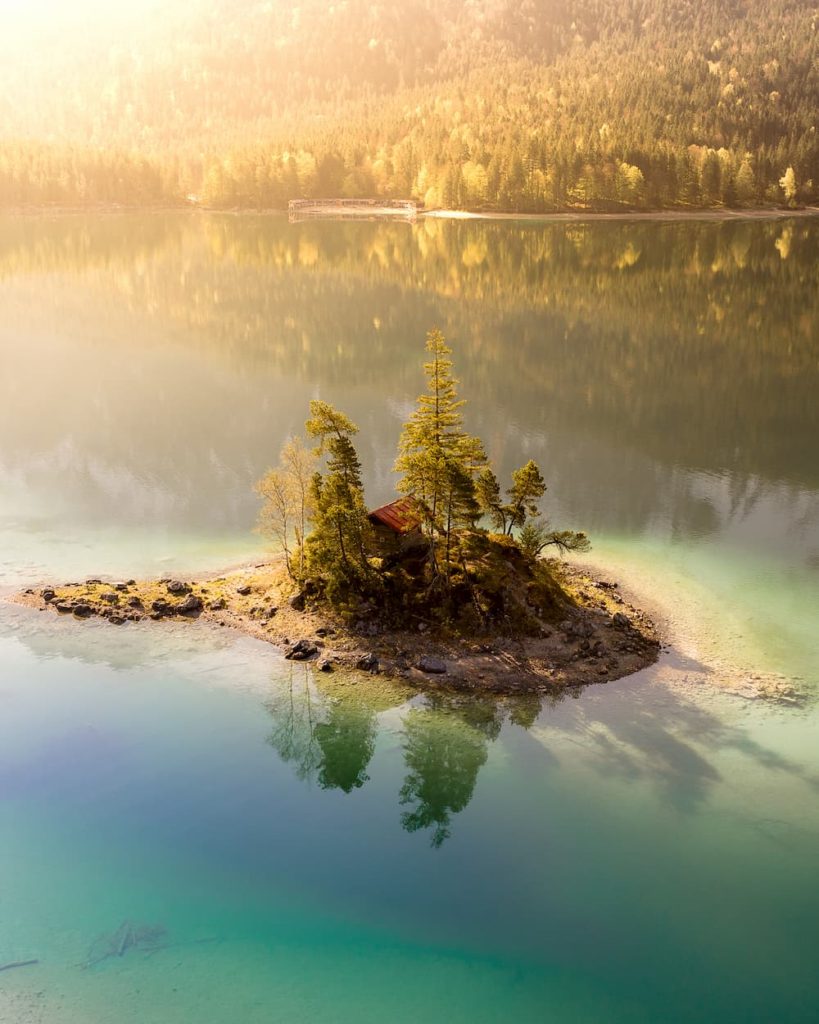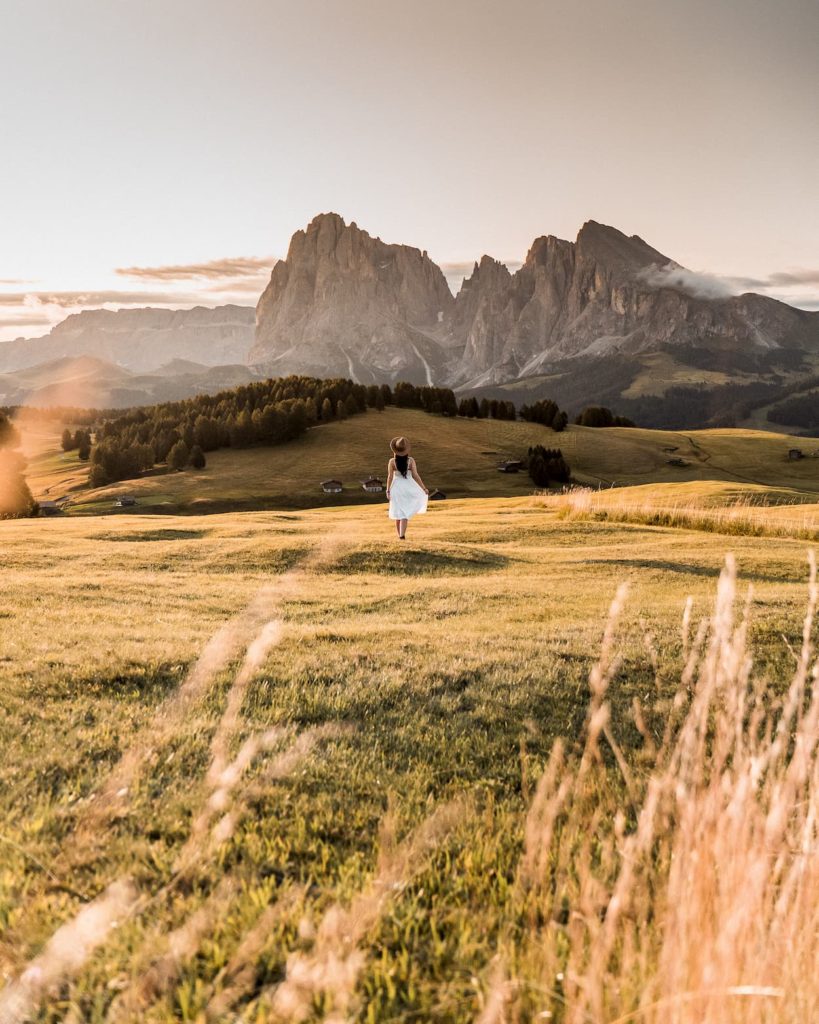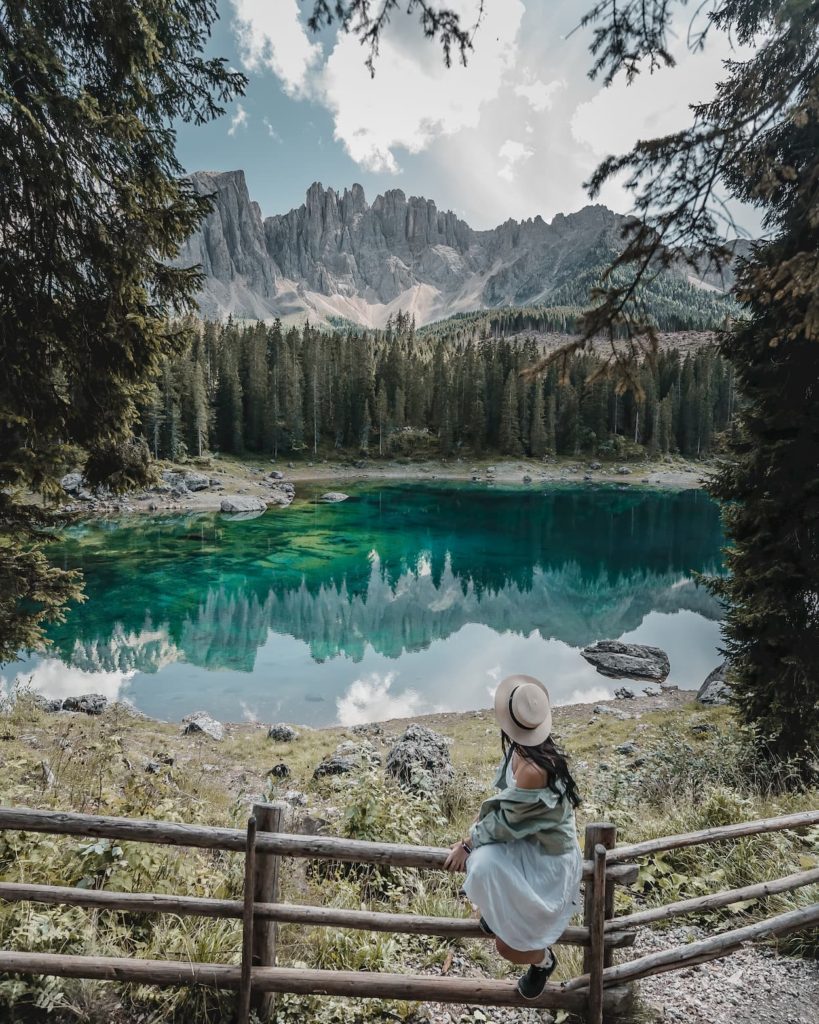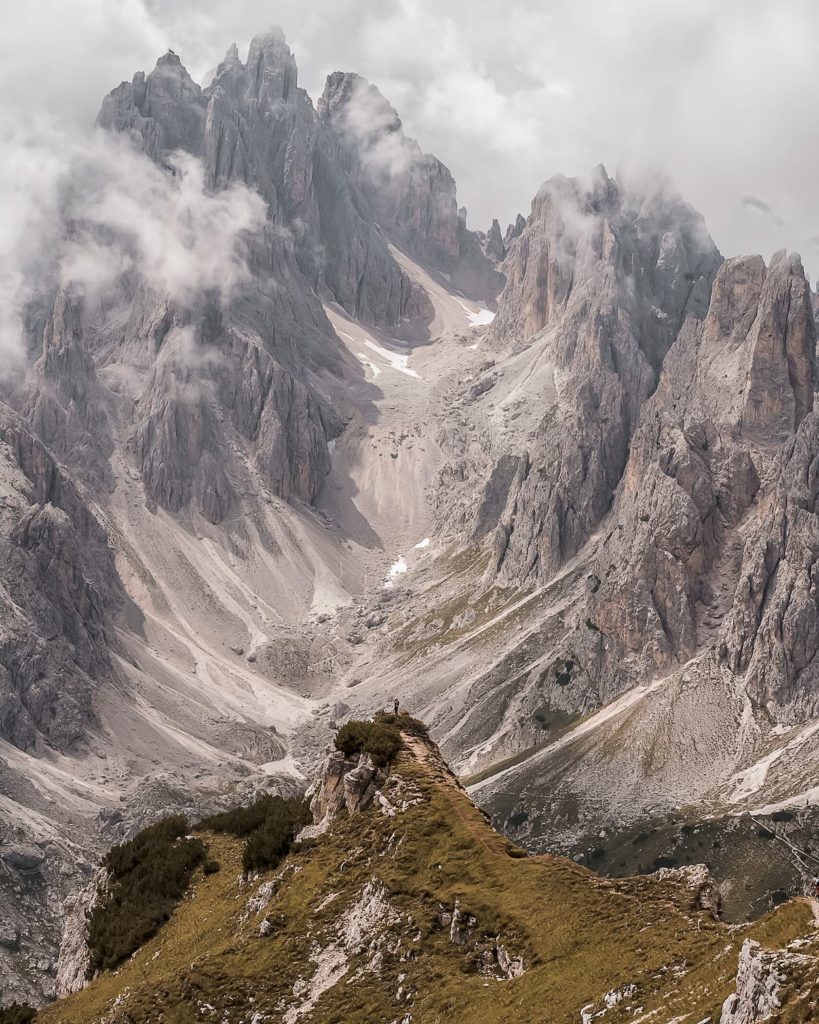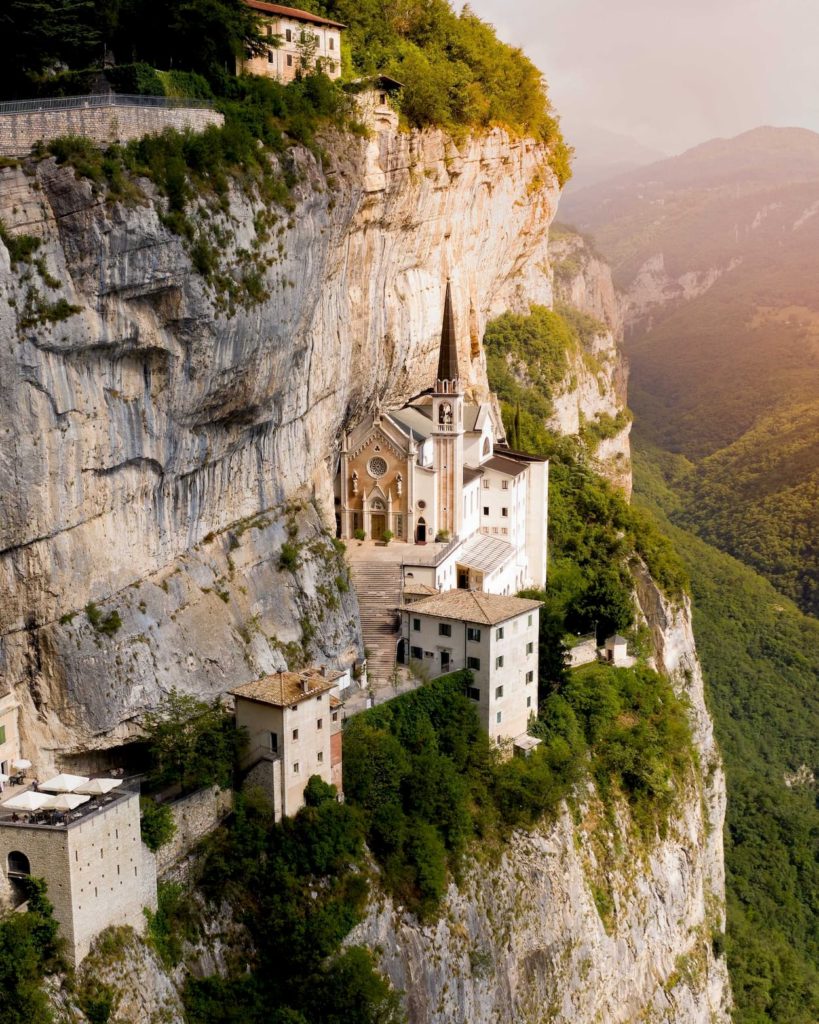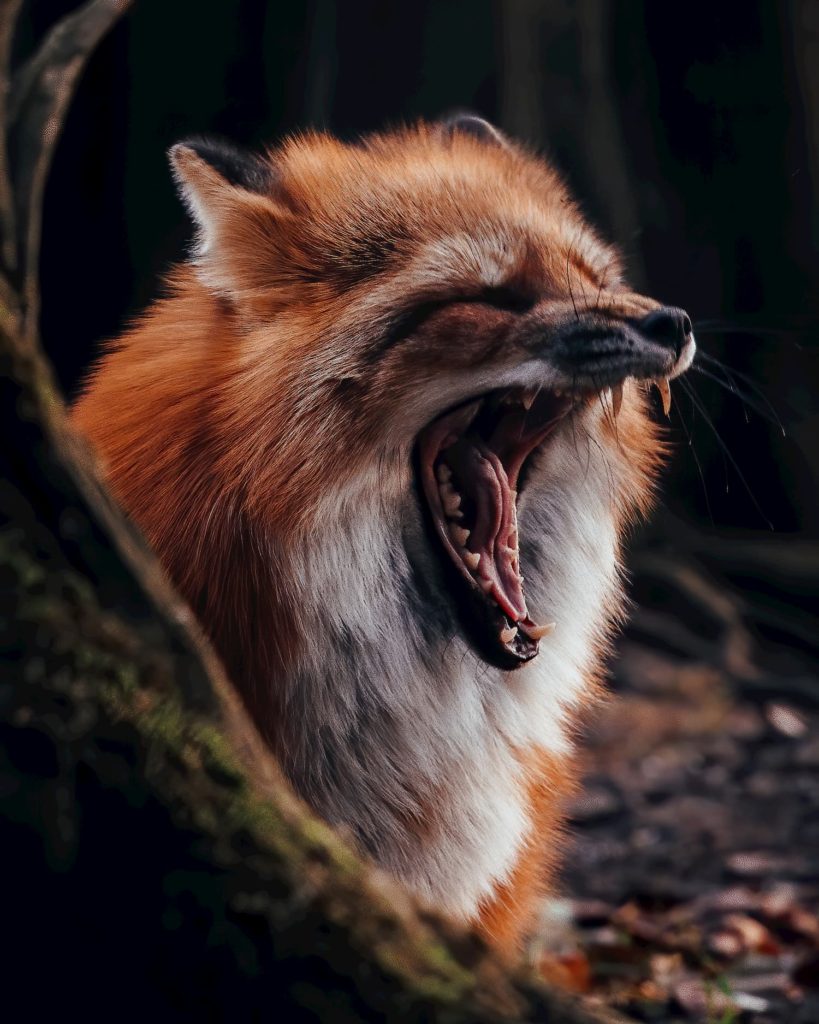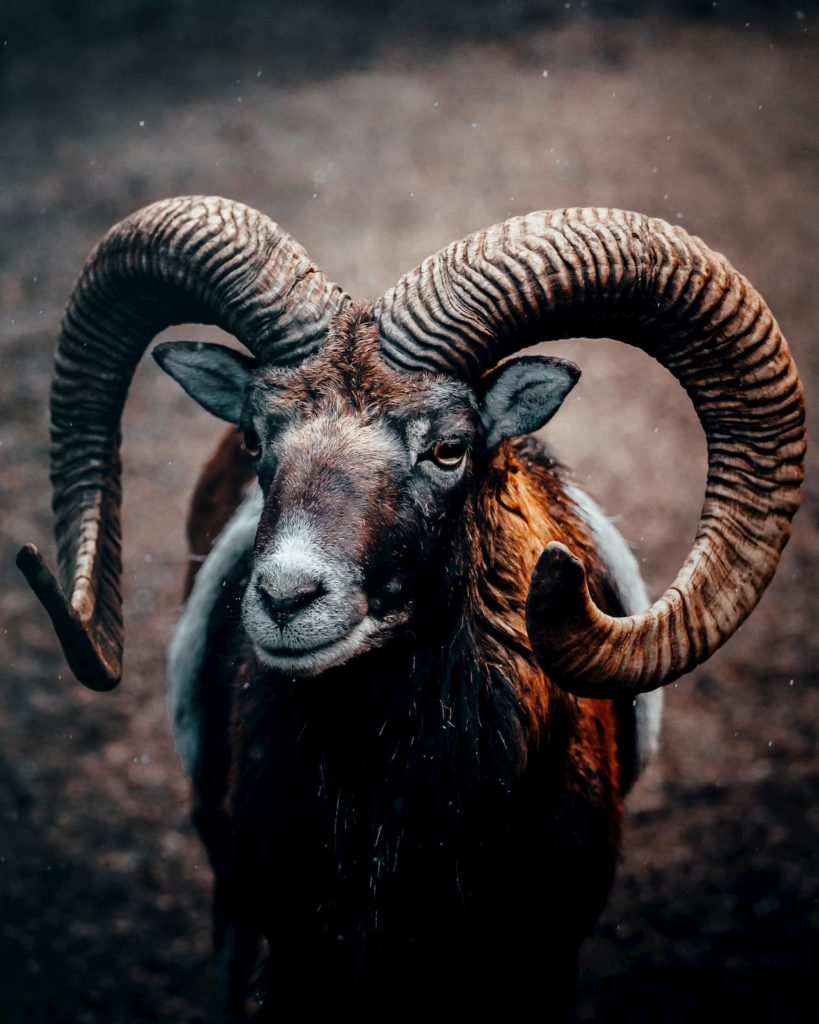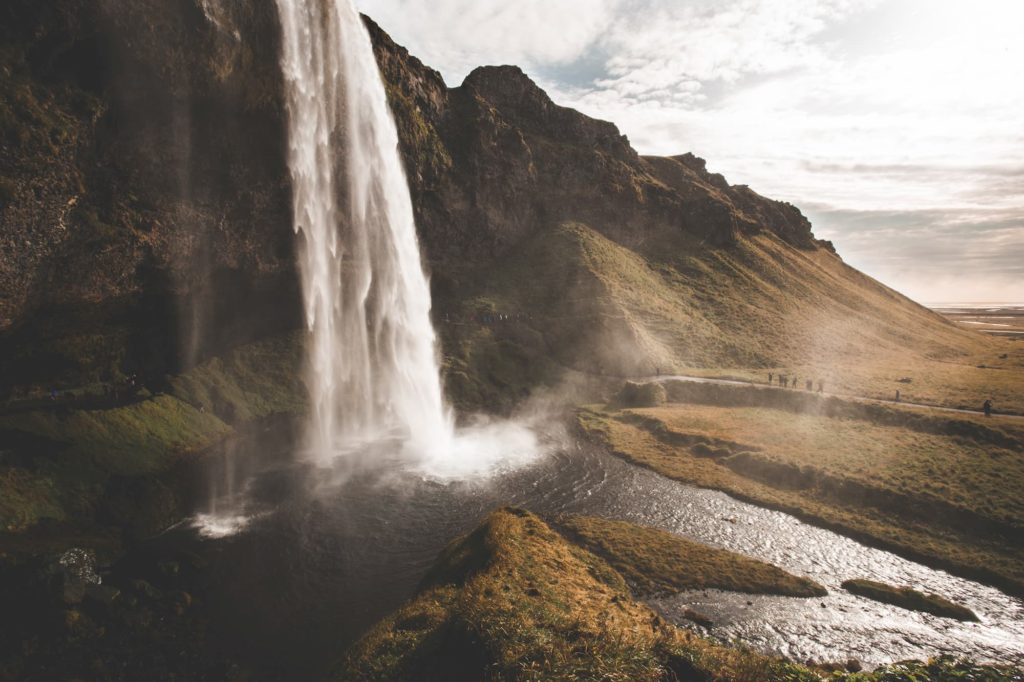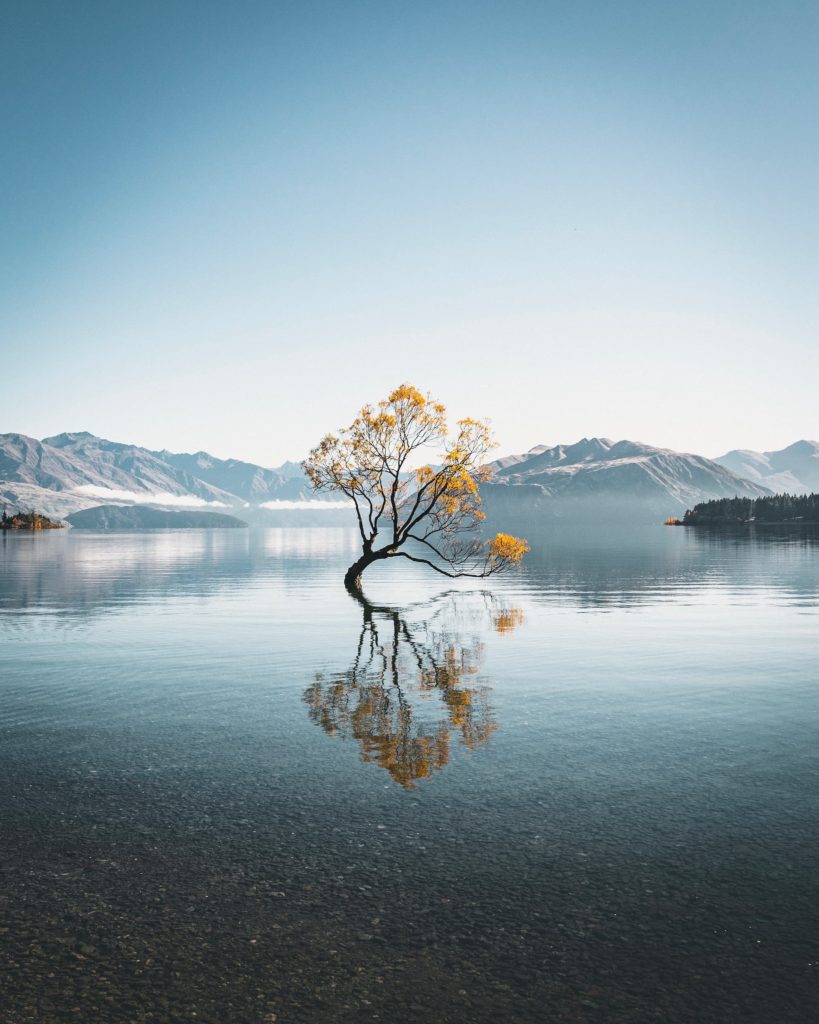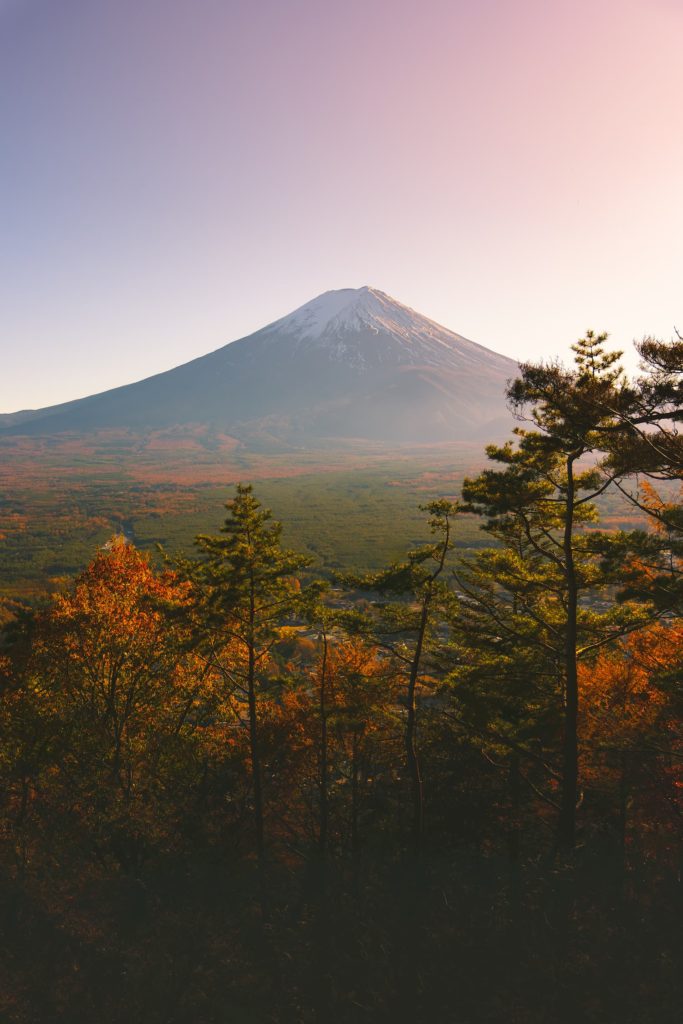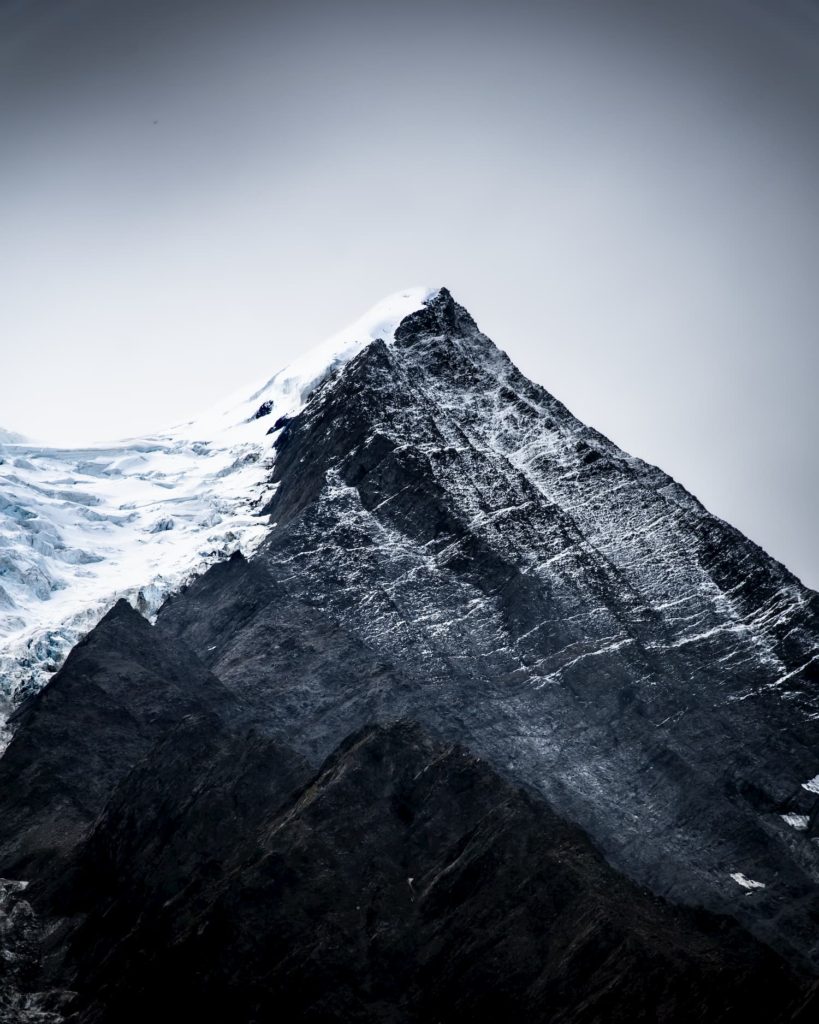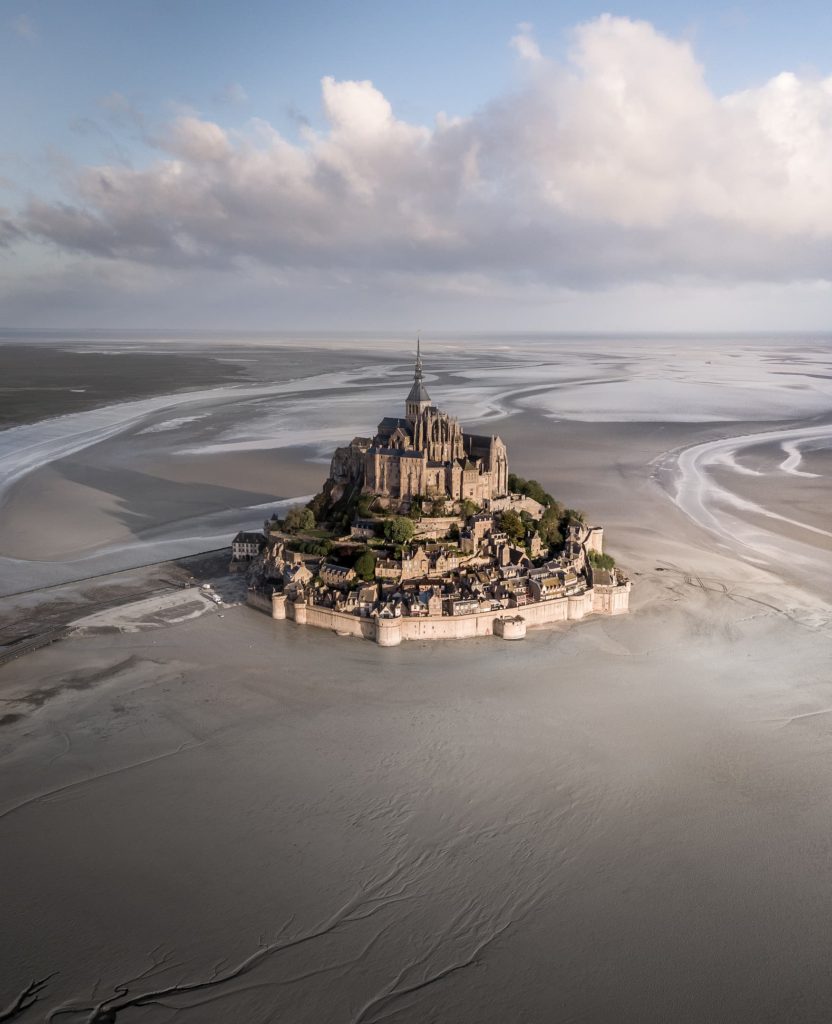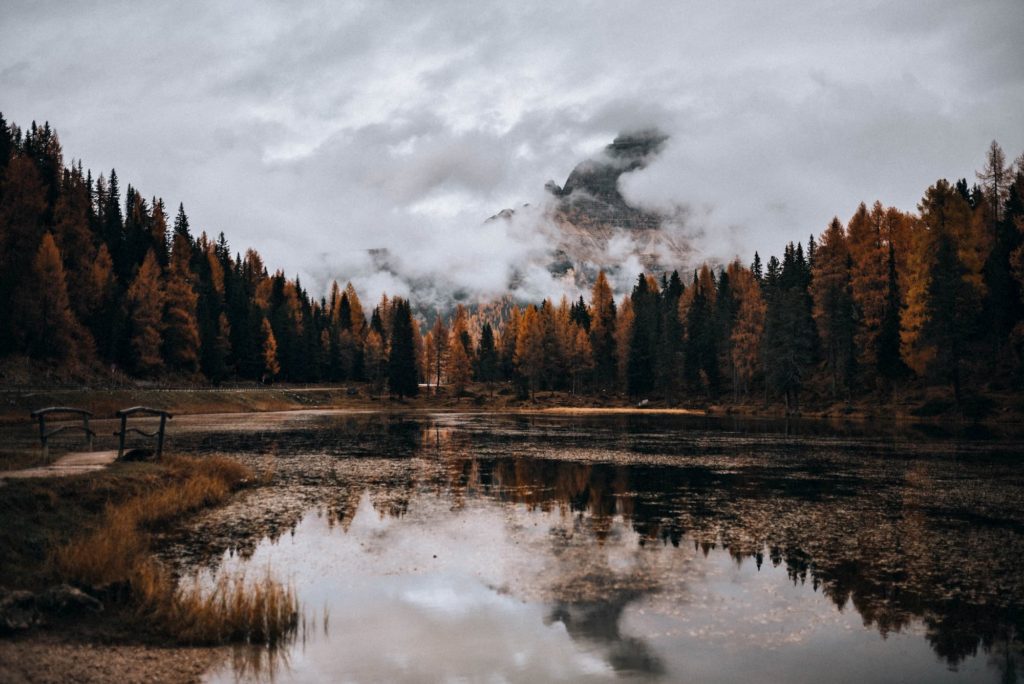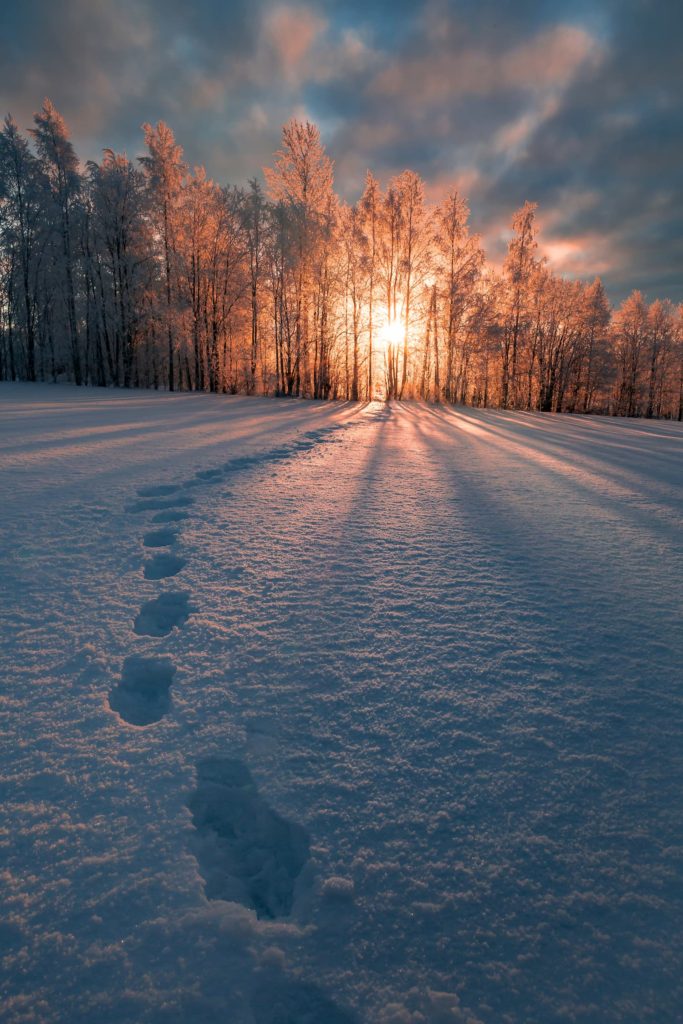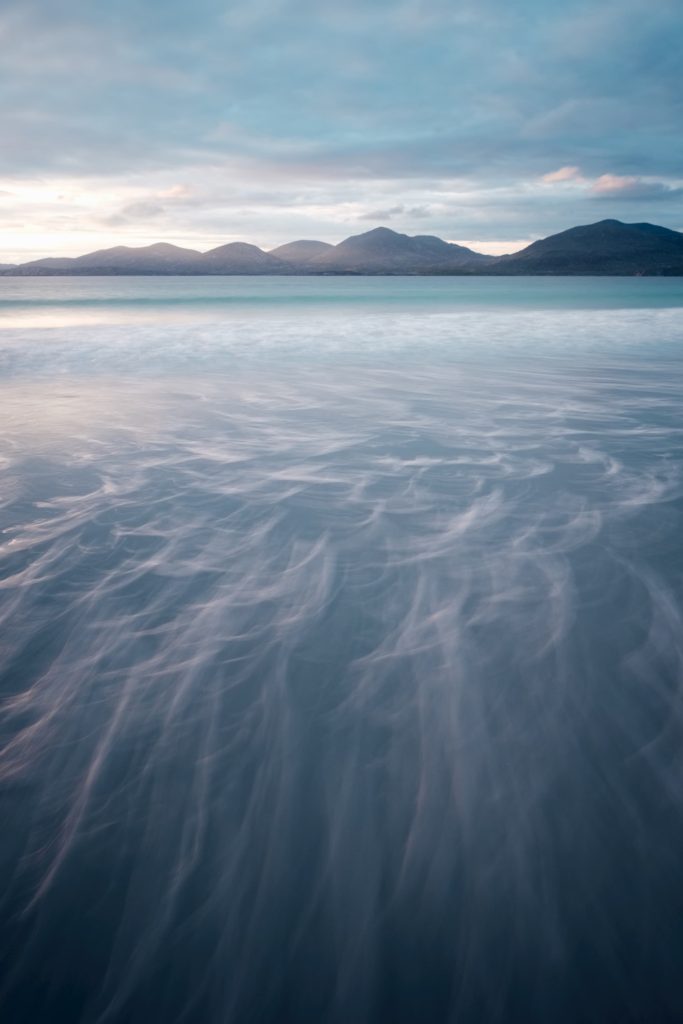
Tobias Baur
@gethyped
AI researcher and outdoor photographer
I started photographing at a very young age with a Nikon D300 and a manual 50mm Macro Lens. I was fascinated by the worlds that became visible on pictures as they are normally so small that they are not visible to the human eye. Around that time I started to realize how much beauty and art is hidden in the details of the nature surrounding us. I then began to photograph other things out of the macro world: Landscapes, my dog, people – anything that felt like a story could be told within a single image.
As I grew older, very surprisingly, I stopped photographing almost completely – besides the typical mobile phone shots here and there of course. I was focusing on my studies in Computer Science and other things in life and I’ve put a lot of passion into that. In 2018 I finished my PhD thesis in Artificial Intelligence research. The main focus of my work is teaching and explaining AI System to recognize human emotions. I find this a fascinating topic with a lot of questions that are concerned with our own human emotions. A lot of AI research is also done in image quality improvement and will offer new possibilities for photographers in the future.
"Maybe you already see the link to conveying emotions with an image and how both worlds are connected for me."
"Writing a PhD thesis takes a lot of effort, resilience and passion for what you do."
It is not deniable that it is also stressful and a lot of mental pressure. While working on exciting projects in the lab feels great, from time to time I felt the necessity to go outside into nature as I did when I was younger. I think everyone working on a 9-5 job needs some counterweight to it. Some people play video games, others do a lot of sports. I’m lucky to live close to the Alps as we have a lot of forests and beautiful castles around here. At one point I felt that passion again for being outside, taking pictures. So I bought a Sony alpha camera and in 2018 I started more actively to work – once again – on my photography skills.
"Then, in 2020, I decided to register myself as spare-time freelance photographer besides my main job."
I really think this is a great opportunity to try different things out, get to know the freelance world and test multiple possibilities to see if I could make a living out of photography at one point in my life. I also started offering other services like Lightroom Presets so beginners or people that like my editing style can learn how to edit their pictures in a similar way I do. Of course the way you edit is very personal, but it can help beginners out a lot. Personally, I want to make sure the photos look like the feeling I had when I took them.
Sometimes photos are already perfect out of camera and only need a little edit or no edit at all. Other times, I want to give them a more dramatic or more peaceful look, depending on the mood I want to transmit with a photograph. I want my pictures to look rough and still natural. For example, I prefer seeing each water drop falling of a waterfall, rather than artificial smooth surfaces. So in my edits, I add lights and contrasts when necessary but I try to keep the scene as natural and as wild as possible.
I want to move people and give them a special feeling when they look at my images. I’m not quite sure if I can do this every time, but that’s where I am aiming at. Further I like to explore new places that are not that well known. I think the world has a lot more to offer than the popular “instagram spots”. So my photography is also a way to bring me to places I normally wouldn’t go to. In the past, going on holiday always meant to me to go to some beach and relax for a week or two. Now I travel to cold countries, get up at 4:30 am in the morning to capture the first sunlight on a mountain with no people around.
"I can only say I love doing that."
I believe you can get inspired everywhere. In Iceland in particular, I was amazed again and again as the country looks different around each corner; seeing landscapes that were so new to me stimulated me with new ideas and inspiration. Lately, I’m also getting into wildlife shots with my 600mm lens. Getting so close to wolves and other wild animals reminds me of the time when I was young, shooting with my Nikon and my manual Macro lens, just on a larger scale now.
"I don’t just want my photos to be seen. I want my photos to be understood and to spread a message."
If I can somehow have a positive influence on people or our world by sharing my photos and my captions, one of my goals with photography would be achieved. Of course being an AI researcher is something I love and gives a lot of security. On the other hand though I find the photography freelance world very exciting and it gives me a lot more freedom. So let’s see what the future holds. I’m ready.
YOU CAN NOW SUPPORT TOBIAS' CAREER!
Would you like content like this sent to your inbox?
MUST READ STORIES OF FEBRUARY
MUST READ STORIES OF JANUARY
NOMADICT
ART GALLERY
THE LATEST STORIES
WRITEN WITH PASSION TO INSPIRE YOU
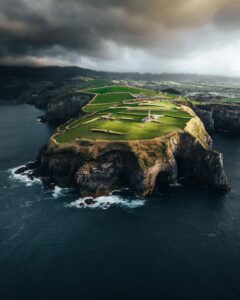
Photo tour in Azores, Portugal
Join us in the Azores for a unique photo tour, where you’ll elevate your creative skills with expert guidance from Ronald Soethje, Bruno Ázera, and Nomadict.
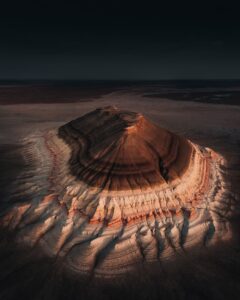
Forest Kai (@forest1kai): Photographer based in the US
In this article, Forest shares how years of chasing scale, silence, and raw landscapes shaped his approach to photography, from the deserts of Kazakhstan to the volcanic ridges of Iceland. He talks about how he uses light, texture, and vast negative space to create images that feel both intimate and overwhelming.
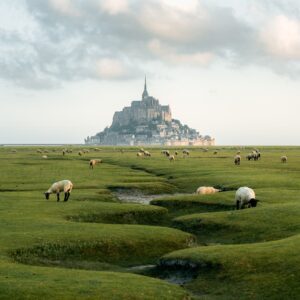
Simon Hechtbauer (@roamwithsimon): Best of the Week 32 at #nomadict
Simon shares the journey behind his photography, from early inspirations to field techniques, editing, and the story of the winning shot that shaped his path.

Miroslav Maršík (@miromarsik): Photographer based in Czech Republic
In this article, Miro shares how his love for cinematic music evolved into a deep passion for photography and how he uses light, color, and atmosphere to turn the streets of Prague into living film scenes.

Aurora photography panorama workflow: A guide to camera settings, editing, and color
In this article, Stefanie reveals how her background in physics sparked her passion for astrophotography and how she blends science with creativity to capture the beauty of the night sky. Readers will discover her approach to color, contrast, and editing, as well as her aurora photography workflow.

Yhabril (@yhabril): Best of the Week 33 at #nomadict
Spanish photographer Yhabril captures the profound connection between humans and the mountains that shaped him. Growing up in the Pyrenees, his work bridges outdoor sports, landscapes, and celestial scenes — often blending athletes, moonlight, and wilderness into striking visual stories.

Ariane Totzke (@besondersschwierig): Photographer based in Switzerland
In this article, Ariane shares how photography helped her navigate personal challenges, connect authentically with people and animals, and develop a philosophy rooted in empathy and artistic freedom. Readers will also discover her ethical approach to wildlife photography and her trusted equipment for both camouflage techniques and cameras.

How to photograph Dutch tulip fields: A guide to light, gear, composition, and colors
Discover how to photograph Dutch tulip fields in their most magical light. From choosing the right gear and lenses to mastering composition, color, and aerial perspectives, this guide shares creative techniques to capture the beauty of the Netherlands’ tulips. Learn how light, color grading, and proportion bring emotion into every frame.
